#Langobards
Explore tagged Tumblr posts
Text
The Langobards

The Langobards/Lombards/Longobards are an Italic-Germanic tribe with origins in southern Scandinavia around the first centuries B.C. and A.D.
Their steady migration southward can be retraced by archaeological artifacts, which show their Scandinavian origin.
Their early connections to (the geographical city of) Rome made them very influential in the Western Roman world; on financial, military, religious but also law practice and kingship levels.
The Lombards were quickly christened and were the founding fathers of many religious institutions in northern Italy, ruled Italy, and adapted/adopted Roman Law, making for a culturally rich period. Their capital Pavia is located in the Italian province of Lombardy, named after, you guessed it.
It has to be said (it sounds like a fake fact but it is not) that their name means “Long Beards”. In many European languages the descriptive name can be heard in “Langobard” also written as “Longobard”.
Image:
Langobardic radiate headed bow brooch
Found in: Chiusi - Tuscany, Italy
#frankish#merovingian#viking archaeology#archaeology#carolingian#charlemagne#field archaeology#viking mythology#merovingian archaeology#germanic mythology#lombards#Lombardi#lombardia#Lombardic#longobardi#Langobards#norse mythology#anglo saxon#field archaeologist#viking#frisian#odin#vikings#germanic#germanic folklore#germanic archaeology#wodan#anglo saxon archaeology#history#jewelry
206 notes
·
View notes
Text
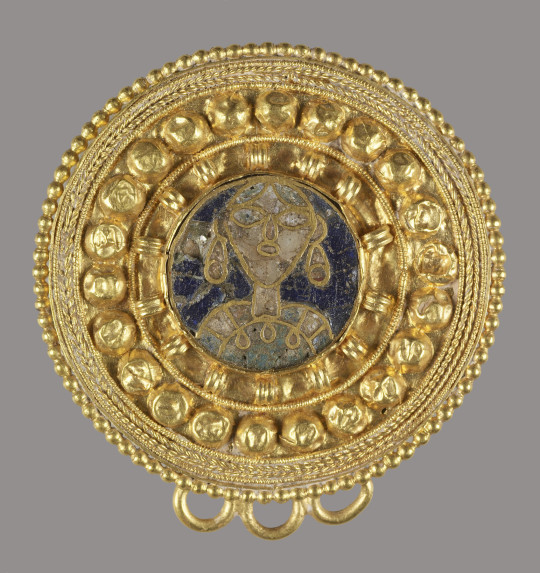

~ Fibula with an Enamel Bust.
Culture: Langobardic
Date: A.D. 7th century
Period: Early Medieval
Medium: Cloisonne enamel on gold.
#history#ancient art#archeology#archaeology#museum#fibula#gold#bust#langobardic#medieval#cloisonne#7th century
567 notes
·
View notes
Text
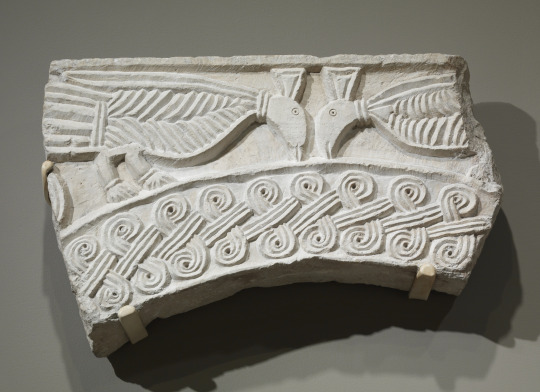
Ciborium Fragment. Langobardic. 8th to 9th Century CE.
The Walters Art Museum.
#langobardic#lombardia#Lombard#Lombardic#animals in art#peacock#medieval history#middle ages#medieval#sculpture#the walters museum#the walters museum of art#the Walters art museum
6 notes
·
View notes
Text



Anglo-Saxon Square-Headed Bow Brooch, 500–600
2. Langobardic Square-Headed Bow Brooch, first half of 6th century
3. Merovingian Radiate-Head Bow Brooch, ca. 510 to 530
6 notes
·
View notes
Text


earring of langobardic or byzantine origin, 6th–7th century
3 notes
·
View notes
Text
Langobard Project Pt II – Migration Period kit clothing
0 notes
Text
Like Grandfather, like Grandson.
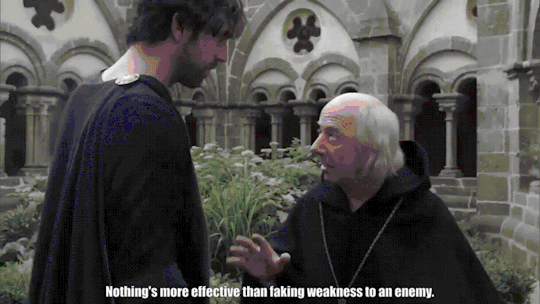

Charles surely followed this advice given to his grandfather. And Count Odo, Roland and Therese paid the price of it.
#vikings#charlemagne the true story of the warrior king#historychannel#documovie#one of the best documentaries about the Magne#vikings charles#emperor charlemagne#emperor charles ii the bald of west frankia#charlemagne king of the Franks and the Langobards#the carolingians#never mess with the carolingians#this was a wise advice for sure#which was passed over the generations#alexander wust#lothaire bluteau#but seriously they do look like they're related
1 note
·
View note
Text
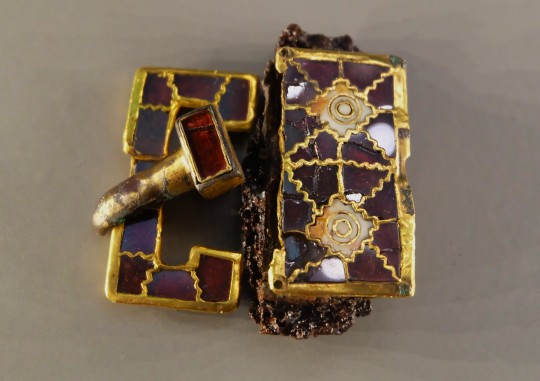
Belt Buckle from Maria Ponsee, Austria dated between 500 - 800 CE on display at the Kunsthistorisches Museum in Vienna, Austria
With almost 100 graves, Maria Ponsee is the largest Langobardian burial site in Austria. It was excavated in 1965 and 1966 by the Federal Monuments Office and is one of the few cemeteries from this period to have been completely examined. Three ethnic groups buried their deceased here: Langobards, Thuringii and Romani or Suebi. What remains in these graves is what was left by grave robbers over the centuries.
Photographs taken by myself 2022
#art#archaeology#history#fashion#austria#austrian#migration period#kunsthistorisches museum#vienna#barbucomedie
230 notes
·
View notes
Note
After reading Chapter 1, I may have to rethink my MC. I hadn't imagined my Langobard MC as someone combat-capable at all, but it seems every MC is skilled with a spear and shield?
Hi geldar13!
Generally all Germanic people had to have some combat experience, some just had more than others.
An MC that doesn't have the Marcomanni/warrior background is much less experienced in combat than a regular warrior would be. But they still know the basics.
Edit: I didn't thank you for your ask. Thank you for your ask! <3
22 notes
·
View notes
Text
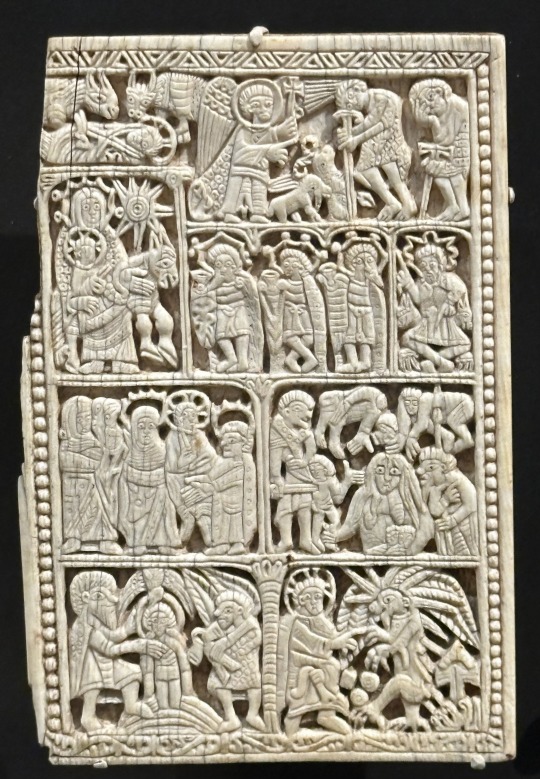
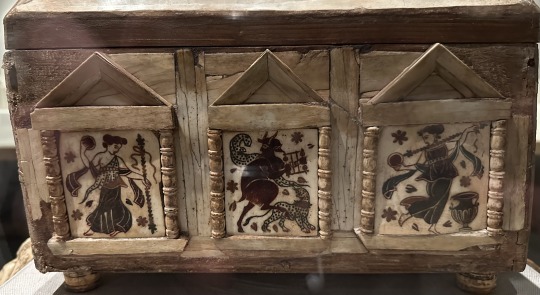
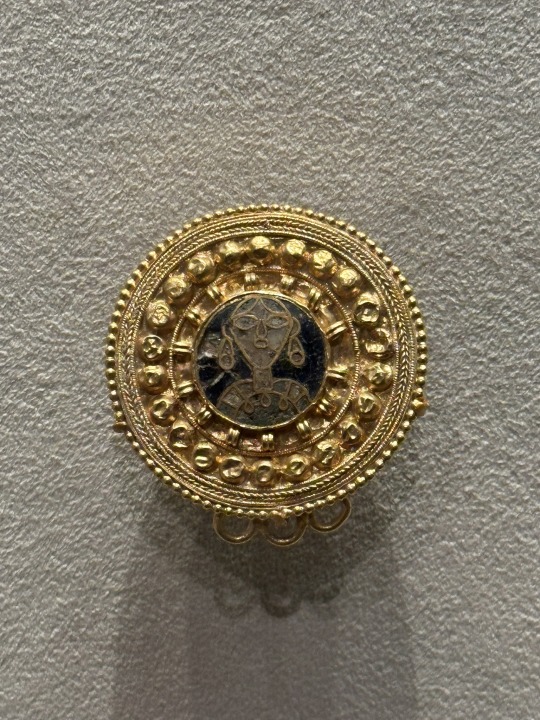
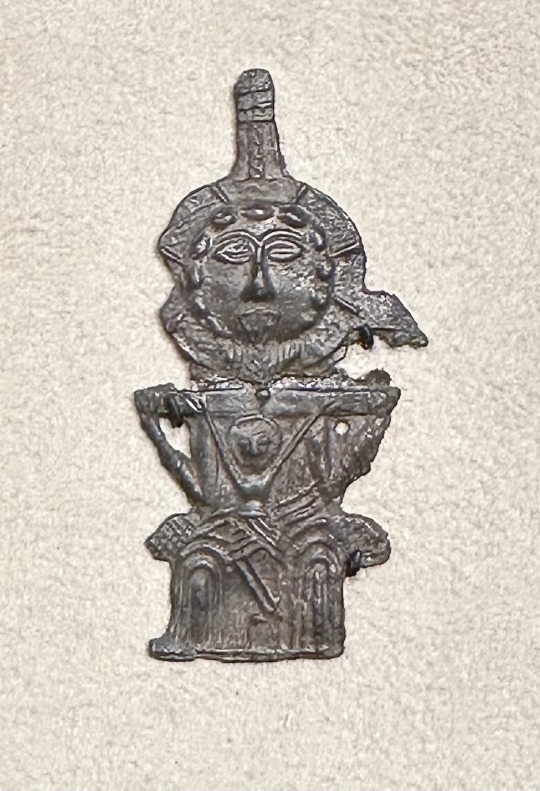
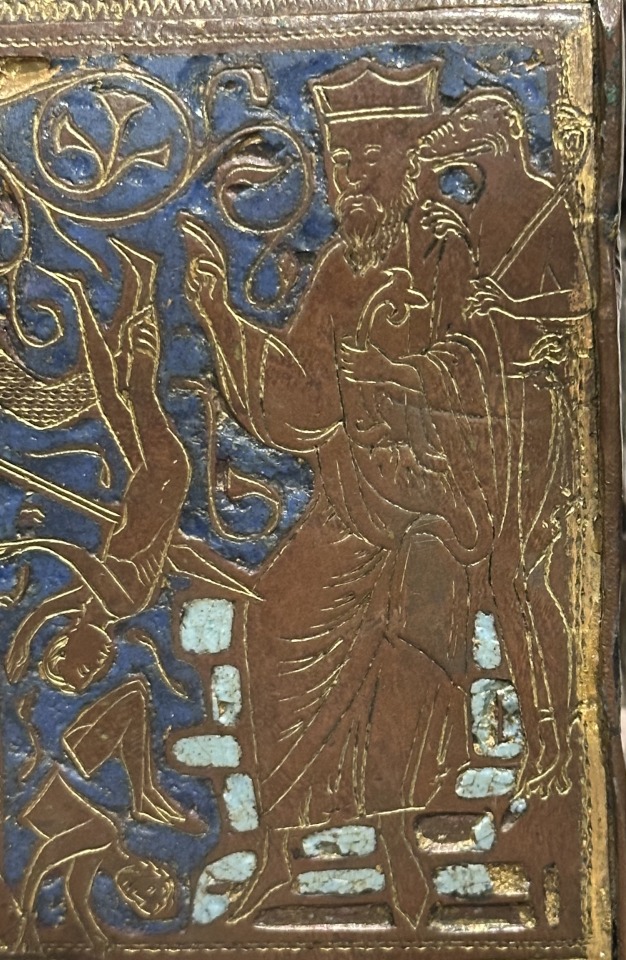
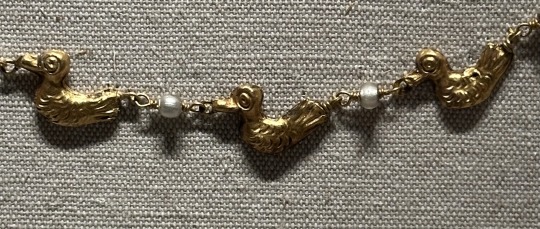


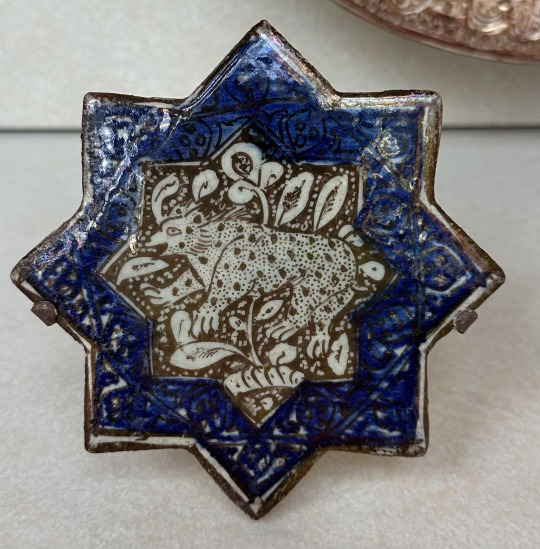
Walters Art Museum, Baltimore
January 11th, 2025
Book-Cover Plaque with Scenes of the Life of Christ. 9th century. Spain. 71.50.
Jewellery Box with Dancers and Faun, 4th-6th century. Byzantine/Coptic. 71.40
Fibula with an Enamel Bust, 7th century. Langobardic. 44.255.
Pilgrim's Badge of the Trinity, 13th-15th century. Venice. 55.75
Reliquary Shrine with Scenes from the Life of Christ, c. 1230-50. French. 44.247.
Necklace, 4th-5th century. Byzantine. 57.1727.
Plaque with Dionysos, Ariadne, and Eros. 4th-5th century. Byzantine. 71.1127.
Bottle Mould?
Islamic Wall Tile, c. 1250-1350. Iran. 48.1281.
#art#art history#archaeology#academia#anthropology#middle ages#byzantine art#byzantine#carolingian#islamic art#walters art museum#medieval#medieval art#renaissance art
6 notes
·
View notes
Text
noticed something else about garsington rodelinda- the instagram post also lists gundeberto as a character in it ( albeit a silent one, like flavio ).
i think the whole thing with gundeberto is really interesting ( you should see the record of his historical counterpart's assassination in book 4 of the history of the langobards- insane. ) and i'm interested in seeing how they'll fit that into the opera!
0 notes
Text
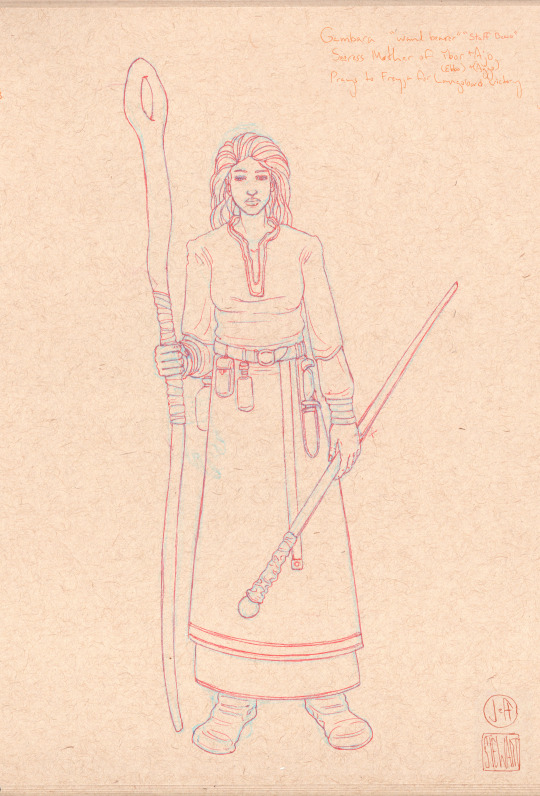
Norsery Rhymes from A to Z - Galarr, The Screamer Well here we are another Thor’s Day and another 20 min sketch of a Norse (and Germanic) mythological characters. This week it’s Gambara mentioned in Langobard legend. His name translated to 'strenuous' from the High German "gambar", or more likely ‘wand bearer’, or ‘staff bearer’ from the old norse “gand bara” that meant her as a Seeress, or Priestess, or likely of Frigg. She is often seen as a Diviner or Prophet.
She is mother of Ybor / Ebbo 'boar' and Ajo / Aggo 'sword / edge' and was a wise counsel to them, when they and their people the Vinilss.
The Vinils who were few, and newly arrived in town (Italy) decided not to pay ongoing tribute to the Vandals, and instead said they would meet them in battle. Gambara prayed to Figg / Frea. Who advised that the women tie their long braids in front of their face to look like beards and join their men on the battlefield.
Odin / Godan who had promised the Vandals that the first force he saw on the battlefield would have his favour and win, couldn't help but see the braid bearded women and men of the Vinils and comment on the 'Longbeards' making them the named victors.
#norsemyth#norsemythology#Gambarar#drawing#sketch#lineart#linedrawing#characterdesign#characterart#priestess#odin#Frigg
0 notes
Text
objects and their operation
Comb
Florence Koehler American ca. 1905
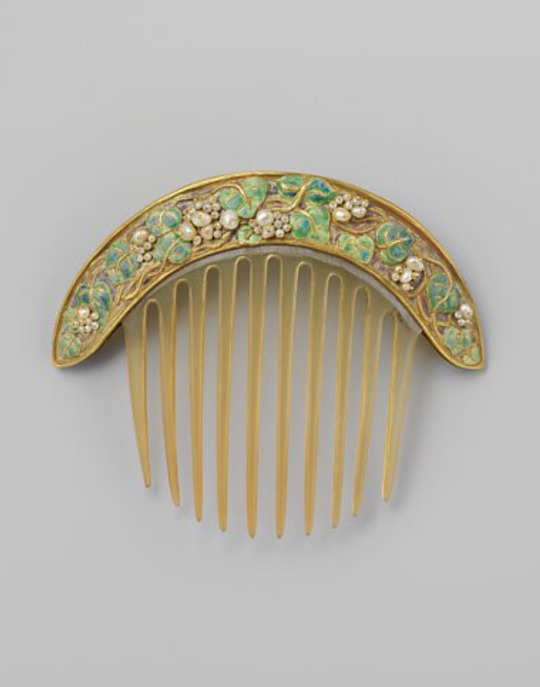
"Works such as this ensemble inspired the critic Roger Fry to credit Koehler in 1910 as an influential force in the "modern revival of craftsmanship"."
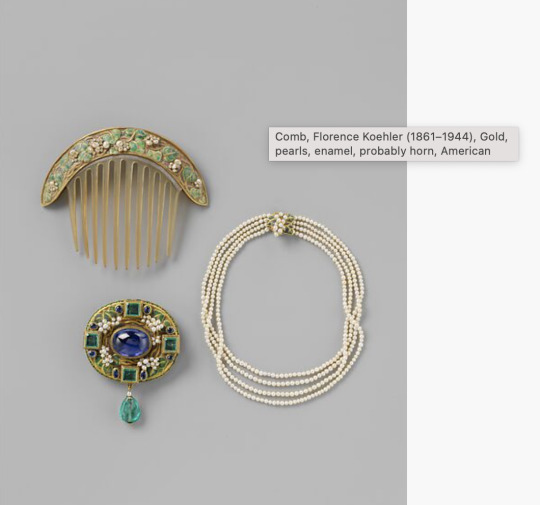
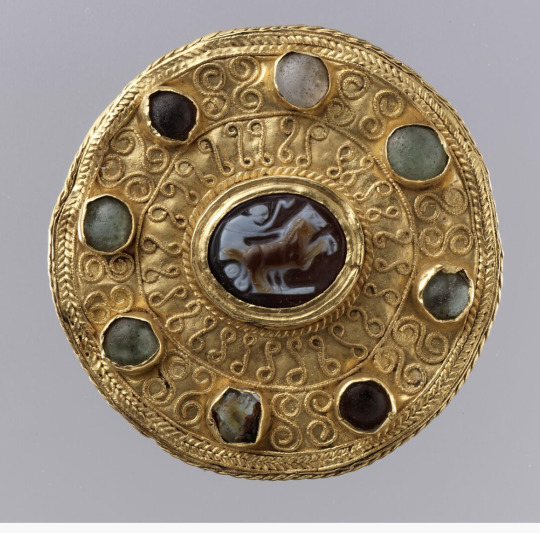
Disk Brooch with Cameo
Langobardic (mount); Roman (cameo)ca. 600 (mount); 100–300 (cameo)
Etruscan craftmanship:
The Langobards often embellished their own jewelry with gems carved centuries earlier by Roman or Etruscan craftsmen. These gems, valued for their antiquity, linked their Langobardic wearers to the illustrious peoples who preceded them on the Italian peninsula.
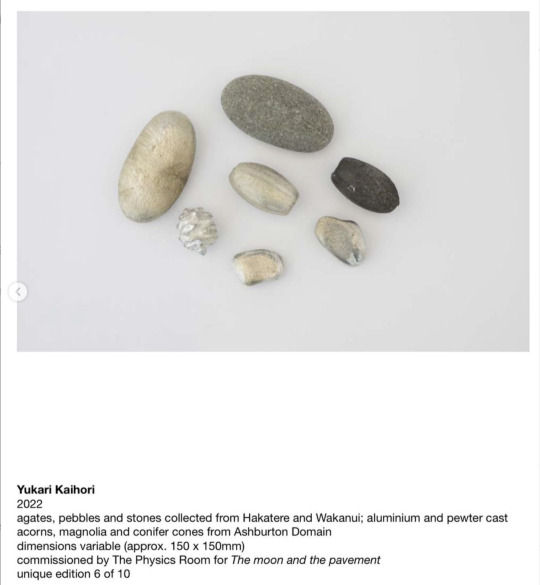
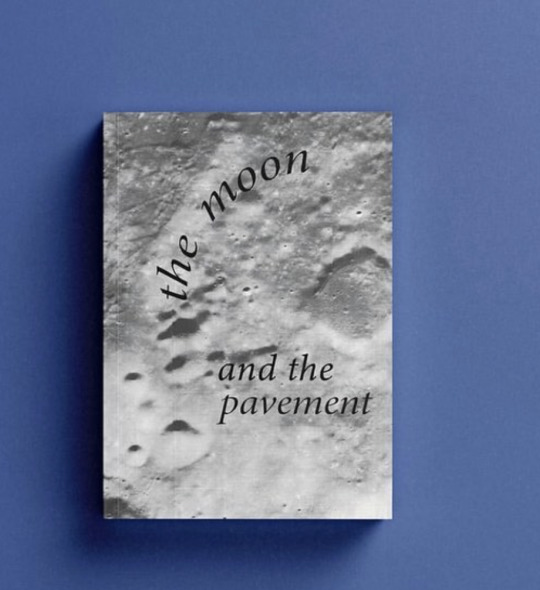
These items featured in contemporary artist Yukari Kaihori's the moon and the pavement, collated as agate, stones, pebbles and cast organic materials.
0 notes
Text
Langobard Project - A Migration Period kit based on grave finds at Cividale del Friuli
When I first decided to make a Migration Period kit I wasn’t sure where to start. Fortunately I have some friends who gave me advice on a former Langobard duchy with grave finds exhibited in a modern museum located not far from Venice, a place I visit yearly. The duchy is was called Forum Julii (modernly Cividale del Friuli) and it was the first settlement of Langobards immigrating from Pannonia…
0 notes
Text
I was a young and hungry Aeon in the first flush of My worship, just heading out to make a Name for Myself as the Source Supreme of early Christianity.
He was a war-god recently elevated to King by His followers, the Langobards, who eschewed the law of Tyr for the battle-cry of the Good Mad Conquerer. He was in the first flush of His Kingship, looking for Wisdom and Knowledge.
We shared a long, hot summer and a cold, cruel Wild Hunt together, rambling the forests and mountains of the Dardenelles.
And then the bloody Council of Nicea happened. When the dust settled, Yahweh, Jove, and the Yulefather had taken the Throne Supreme, and I was stricken from the books. It was as though I had never reigned at all, not even in Hell.
I only resurfaced centuries later. Odin had taken My wisdom and given it to men who had twisted it into something that justified hate and death. He claimed it wasn't His fault, that He had been asleep.
I'll choose to believe Him.

@the-almighty-god
@the-unmighty-god
@god-in-the-basement
Please @ other god accs I'm sure I forgot some!
30 notes
·
View notes